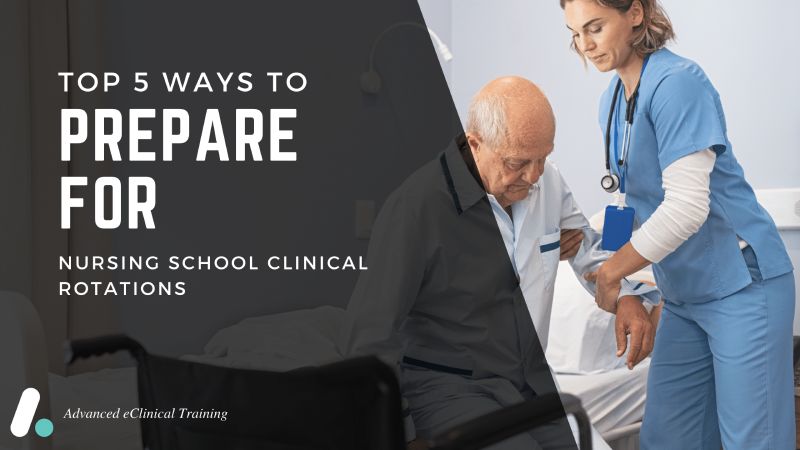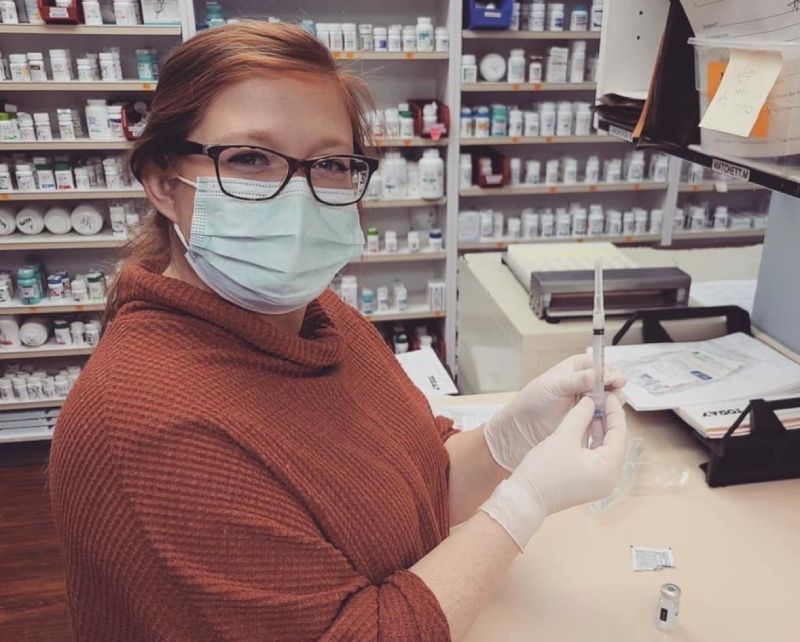Key Strategies to Close the Clinical Skills Gap in Allied Health Staff
From evolving patient care models to rapid advances in technology, today’s healthcare professionals, especially those in allied health roles, are under pressure to expand their skills. Unfortunately, many organizations are struggling to close the gap between what their teams know and what modern care requires.
In this post, we’ll explore what’s driving the healthcare skills gap, why it matters, and the most effective strategies organizations can use to bridge it — now and for the long term.
Understanding the Healthcare Skills Gap
The healthcare field is constantly changing, with new technologies and advancements emerging all the time. While good for progress, fast-paced developments like these mean that it isn’t always possible for the skills of the workforce to keep pace. This mismatch, commonly referred to as the healthcare skills gap, affects all areas of healthcare but is especially pressing in allied health, where clinical staff are often expected to juggle varying responsibilities in increasingly complex care environments.
But what’s causing the healthcare skills gap? Advances in medical technology are only one piece of the puzzle. Additional contributing factors include:
- Limited access to specialized training: Staff don’t always have time for or access to the funding and resources needed for continued education.
- Evolving patient care priorities: A shift toward preventative, outpatient, and team-based care demands a different skill set than more traditional models.
- Regulatory changes: Ongoing updates to compliance standards require staff to regularly adapt their practices.
- Widespread workforce shortages: Open positions and high turnover mean existing staff may need to fill unfamiliar or advanced roles without adequate preparation.
The consequences are significant. Patient safety can be compromised when staff aren’t fully prepared. As a result, care quality may decline, leading to longer recovery times or even readmissions. Institutions also risk reputational damage if poor outcomes become public. And on top of this, inefficiencies and errors can drive up operational costs, straining already tight budgets.
How to Close the Skills Gap in Healthcare: 9 Key Strategies
Closing the healthcare clinical skills gap requires a multi-layered approach. Facilities need to invest in their workforce, rethink traditional training models, and build stronger partnerships to ensure staff have the tools and support they need to excel in their roles.
Here are nine strategies you can use to begin bridging the gap:
- Implement professional development programs: Offer ongoing training tailored to the needs of your staff. This could include clinical workshops, certifications, or upskilling courses focused on new technology and care practices.
- Create actionable workforce plans: Use data to forecast future staffing and skills needs. This helps identify gaps before they become larger problems and ensures you’re aligning hiring and development efforts.
- Promote work-life balance: Burnout can lead to increased turnover and lagging performance. Providing flexible schedules, mental health resources, and manageable workloads makes it easier to retain skilled staff and improve job satisfaction rates.
- Foster a culture of lifelong learning: Encourage staff to develop their skills by making learning part of your workplace culture. This could include providing incentives for continued education, learning stipends, or time set aside for training.
- Develop targeted recruitment strategies: Focus on attracting candidates with in-demand skills, and tailor job descriptions to highlight growth opportunities. Consider tapping into underrepresented or nontraditional talent pools when recruiting.
- Invest in leadership development: Strong leadership supports team growth. Offer training in communication, management, and decision-making to help clinical leaders mentor and guide their teams effectively.
- Partner with educational institutions: Collaborate with local colleges, universities, and training providers to create talent pipelines. These partnerships can also help institutions align curricula with real-world needs.
- Create mentorship programs: Pair experienced professionals with newer staff to encourage knowledge sharing, confidence building, and faster onboarding.
- Leverage technology for training: Use tools like simulation labs, AI-powered learning modules, and online certification platforms to make training flexible and effective.
Long-Term Benefits of Closing the Gap
Investing in solutions to close the clinical skills gap isn’t just about solving today’s staffing challenges. It’s also a step toward building a stronger, more resilient healthcare system. When healthcare organizations commit to developing and supporting their workforce, the benefits are far-reaching.
- Improved patient care and outcomes: Better-trained staff are more adept in their care. This leads to faster diagnoses, safer procedures, and better overall patient experiences and outcomes.
- Increased access to healthcare services: A well-prepared workforce can help expand service availability, particularly in underserved or rural areas. With the right skills in place, facilities can offer more comprehensive care.
- Enhanced productivity and efficiency: When staff have sufficient training, they work more efficiently and require less oversight. This means fewer errors, smoother workflows, and stronger collaboration across teams.
- Cost savings: Reducing turnover and improving patient outcomes can significantly lower costs associated with hiring and longer inpatient stays. Investments in staff development often pay for themselves over time.
- Job creation and career growth: Efforts to close the skills gap also fuel job growth by creating new roles in training, technology, and leadership. Employees benefit from clearer career pathways and more opportunities for advancement.
FAQs
What is the healthcare skills gap?
The healthcare skills gap refers to the difference between the skills healthcare workers currently have and the skills needed to deliver safe, effective care. It’s especially prevalent in areas like allied health, where roles are evolving quickly due to new technologies, care models, and regulations.
What are the main causes of the healthcare skills gap?
Several factors contribute to the gap, including rapid advancements in technology, limited access to specialized training, evolving patient care practices, changing industry regulations, and widespread staffing shortages.
What strategies can healthcare organizations use to close the skills gap?
Organizations can take several key steps to fill the gap, including implementing professional development programs, developing workforce planning strategies, partnering with educational institutions and training providers, promoting work-life balance and a culture of lifelong learning, using technology like simulations tools and online platforms for training, and creating mentorship and leadership development opportunities.
Why is it important to close the skills gap in healthcare?
Bridging this gap improves patient safety, care quality, and access to services. It also enhances staff efficiency, reduces operational costs, and supports long-term workforce stability and growth.
Closing the Gap Starts Today
The healthcare field is changing quickly, and so are the demands on allied health professionals. By taking proactive steps to close the clinical skills gap, organizations can improve care, reduce costs, and build a stronger, more capable workforce for the future.
At Advanced eClinical Training, we’re here to help accomplish this goal. Our allied health training programs are designed to equip professionals with the practical, up-to-date skills they need to succeed in today’s healthcare environment. Whether you’re looking to upskill your team or explore training solutions, we’re ready to support your efforts.
Ready to make a lasting impact? Enroll in our certification courses or contact us today to explore partnership opportunities.


